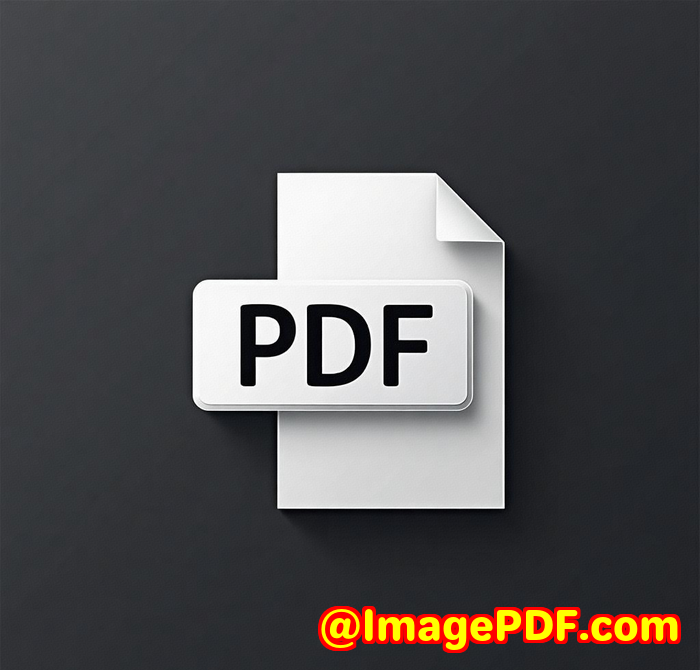VeryPDF vs Zamzar Which Webpage to PDF API is More Cost-Effective for High-Volume Use
VeryPDF vs Zamzar: Which Webpage to PDF API Is More Cost-Effective for High-Volume Use?
Every time I've faced a mountain of web pages needing conversion into PDFs, the headache was real. Picture this: deadlines looming, hundredssometimes thousandsof URLs, and tools that either crash under pressure or drain your budget faster than expected. If you're a developer or business owner handling bulk webpage to PDF conversions, you know exactly what I mean. So, how do you pick a solution that's not just reliable but also cost-effective when volumes spike?

I spent weeks comparing two leading APIs: VeryPDF Webpage to PDF Converter API for Developers and Zamzar's equivalent. Here's the lowdown from someone who's been deep in the trenches, juggling high-volume conversion needs, trying to find the best bang for the buck.
Why You Need a Solid Webpage to PDF API
If you're dealing with e-commerce reports, legal documentation, marketing collateral, or automated invoice generation, converting web content into high-quality PDFs isn't just nice-to-haveit's mission-critical. Manually saving or converting pages? Forget it. That's a black hole of time and resources. You want:
-
Fast, automated, and scalable PDF generation.
-
High-fidelity rendering that respects the latest CSS and web design features.
-
Secure handling of sensitive content.
-
An API that plugs seamlessly into your existing workflow.
Discovering VeryPDF's Webpage to PDF Converter API
I stumbled upon VeryPDF's API during a project where I needed quick, reliable HTML to PDF conversion at scale. What caught my eye was the promise of an advanced browser-based rendering engine powered by Google Chrome's tech. That means you get modern web compatibilityno more broken layouts or missing fonts, which are common headaches with other APIs.
Plus, the API supports a whole range of PDF customisation options: custom paper sizes, headers, footers, encryption, and more. This was a game-changer for generating professional documents tailored to different departments' needs.
Key Features That Made a Difference
1. Fast, Accurate Rendering
Converting a webpage to a PDF in under 2 seconds was impressive. On top of speed, the quality of output was flawlesseven complex layouts with grids, flexboxes, and custom fonts looked exactly as on the original page. For a developer like me, that's crucial. I can't afford to have design inconsistencies mess with client presentations or legal forms.
2. Scalable Batch Processing
When I tested batch conversions, the API handled hundreds of simultaneous requests without hiccups. Plus, the parallel conversion system means I could crank out thousands of documents in a flashgreat for monthly reports or mass invoicing. This level of scalability made VeryPDF stand out against Zamzar, which had slower batch processing and throttling issues at higher volumes.
3. Security and Privacy
Since I often work with sensitive client data, HIPAA-compliance was a must. VeryPDF doesn't store your documents by default, giving me peace of mind that private info stays private. They also offer 128-bit encryption and allow fine-tuning of access rights on PDFs, features that Zamzar lacks or makes complicated to implement.
4. Easy Integration
The RESTful API was straightforward to integrate with my existing systems, regardless of the programming language. I hooked it up using Python and PHP with minimal fuss, thanks to clear documentation. That ease of integration saves time, and time equals money.
How Does VeryPDF Stack Up Against Zamzar?
Here's the reality:
-
Cost-effectiveness: VeryPDF's pricing model is more flexible for high-volume users. While Zamzar can become pricey as your conversion count rises, VeryPDF lets you avoid hefty overage fees with better monthly plans and parallel processing.
-
Performance: VeryPDF's Chrome-based engine offers better rendering fidelity. Zamzar sometimes struggled with dynamic content or complex CSS, which led to lower-quality PDFs and rework.
-
Customization: VeryPDF shines with options for headers, footers, and custom paper sizes. Zamzar's API is more limited here, meaning fewer options to brand or personalise output documents.
-
Security: VeryPDF's strong focus on data privacy and compliance is vital for regulated industries. Zamzar doesn't advertise HIPAA compliance or granular encryption as clearly.
Real-World Use Cases Where VeryPDF Excels
-
E-Commerce Reporting: Automate daily price lists, product catalogues, or competitor analysis PDFs without manual work.
-
Legal Firms: Convert long-form HTML contracts into secure PDFs with custom headers and footers, ready for signatures.
-
Marketing Teams: Generate social media banners and blog previews automatically using VeryPDF's image capture API alongside PDFs.
-
Healthcare Providers: Convert patient portals or sensitive data web pages into secure, HIPAA-compliant PDFs for offline review.
My Experience The Time and Cost Savings Were Noticeable
Before using VeryPDF, my team spent hours manually converting pages or dealing with flaky tools that produced inconsistent results.
Now? Automation kicks in with a few API calls, and we get consistent, high-quality PDFs every time.
The billing model means no surprise costs when demand spikes, and the performance lets us meet tight deadlines without sweating server crashes.
Why I Recommend VeryPDF for High-Volume Webpage to PDF Conversion
If you're handling large volumes of conversions regularly, VeryPDF offers a powerful, secure, and cost-effective way to automate your workflow. It ticks all the boxesspeed, accuracy, flexibility, and compliance.
For me, it's hands down the better choice compared to Zamzar, especially if you need to scale without breaking the bank or sacrificing quality.
Start your free trial now and see for yourself how easy it is to boost your productivity and keep your document pipeline flowing smoothly:
https://www.verypdf.com/online/webpage-to-pdf-converter-cloud-api/try-and-buy.html
Custom Development Services by VeryPDF
VeryPDF doesn't just stop at off-the-shelf APIs. They provide tailored development services for a wide array of platforms including Linux, macOS, Windows, and server environments.
Whether you need bespoke PDF processing tools built in Python, PHP, C/C++, or .NET, or want custom Windows Virtual Printer Drivers generating PDFs, EMF, or images, VeryPDF's team can deliver.
Their expertise covers:
-
Printer job capture and monitoring across Windows printers.
-
Hook layers for Windows API interception.
-
Document format analysis including PCL, PRN, Postscript, EPS, and Office files.
-
Advanced OCR and barcode recognition for scanned TIFF and PDF documents.
-
Report and form generators tailored to your workflow.
-
Cloud-based solutions for document conversion, viewing, and digital signatures.
-
Security technologies like DRM, digital signatures, and font embedding.
If your project has unique technical requirements, reach out to VeryPDF's support center at http://support.verypdf.com/ they're ready to customise solutions that fit your needs.
FAQs
Q1: Can I try VeryPDF's Webpage to PDF API without creating an account?
Yes, you can test the API without signing up, making it easy to explore its features before committing.
Q2: How fast can VeryPDF convert a webpage to PDF?
Typically, conversions take under 2 seconds, even for complex pages, thanks to the advanced Chrome-based rendering engine.
Q3: Does VeryPDF store my documents after conversion?
By default, no. Your data privacy is respected, and files aren't stored unless you opt-in for temporary storage.
Q4: Can I schedule batch conversions or convert many pages at once?
Yes, batch processing and parallel conversions are supported, helping you handle high-volume workloads smoothly.
Q5: What happens if I exceed my monthly conversion limits?
Extra conversions continue as overages and are billed separately, ensuring uninterrupted service.
Tags/Keywords
-
Webpage to PDF API
-
High-volume PDF conversion
-
VeryPDF vs Zamzar
-
Automated HTML to PDF
-
Secure PDF generation
-
PDF conversion API for developers
-
Batch PDF conversion
-
HIPAA compliant PDF API
This tool changed how I handle document workflowsif you're looking to scale PDF generation without a headache, VeryPDF is where you want to start.



